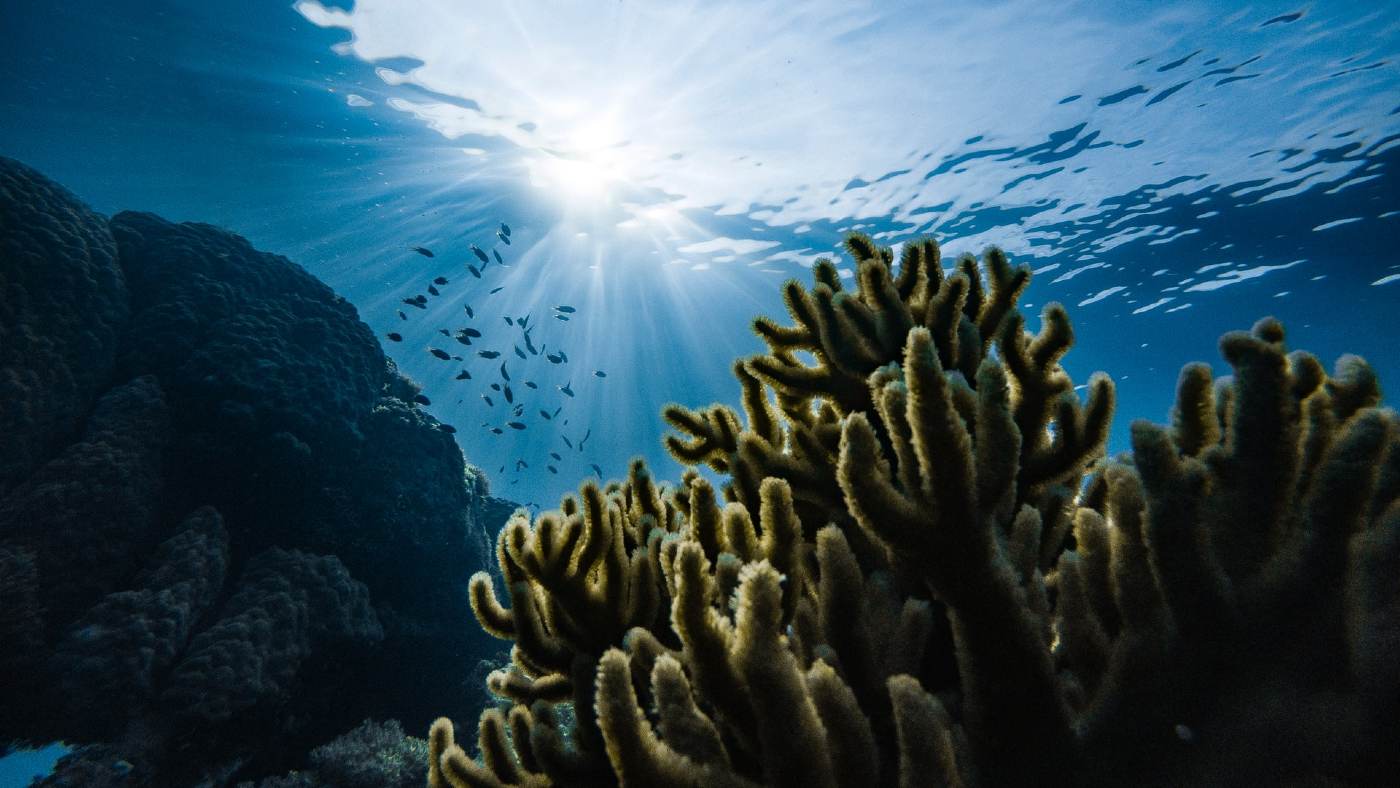When marine biologists subjected two of the most common coral species to a +2°C aquarium for two years, mother nature showed she may just have a trick or two yet up her sleeves.
Keeping the planet from warming 2°C over the next thirty years has become somewhat of a mantra, especially when it comes to discussing vulnerable coral reefs in warming oceans, but the new experiment sheds light on potential adaptations scientists hadn’t foreseen.
Planning the longest coral resilience experiment ever done, coral expert Rowan McLachlan and her colleagues used a hammer and chisel to take samples of common corals from the reefs around Oahu, Hawai’i.
Rice coral, finger coral, and lobe coral were then transported into a 35-gallon aquarium on Coconut Island filled with sand, rubble, fish, and plankton, before being left outside to experience similar weather conditions as they would if they were under water.
“Porites compressa (finger coral) and Porites lobata (lobe coral) had the highest survivorship and coped well under future ocean conditions with positive calcification and increased biomass, maintenance of lipids, and the capacity to exceed their metabolic demand through photosynthesis and heterotrophy,” McLachlan et al. wrote in their corresponding paper on the experiment, published in Nature.
LOOK: Spectacular Coral Event This Year Spawns Hope –And Billions of Babies For Great Barrier Reef (LOOK)
“We saw this long-term arc where you see stress responses, but after long enough there was acclimatization,” Andréa Grottoli, a coral biogeochemist at Ohio State who was senior author of the paper, told National Geographic. “They weren’t just struggling. Two of the three species were doing really well.”
Interestingly, reef monitors in Hawai’i also told National Geographic that the experiment jived with what they are observing in the corals around the islands, adding that if they can be protected from pollution and other man-made disturbances, they should be able to survive in the coming decades.
MORE: Scientists Find Giant Pristine Coral Reef Undiscovered Near Tahiti, With Clues There Are More
It’s good news for reefs around the world, since lobe coral is a pioneer species, and often the first kind of coral to begin building a reef. Finger coral too is not only found in Hawai’i but throughout the reefs in the Indian and Pacific Oceans.
They could act as decent species for coral reef restoration projects, a yet-unexplored potential way to mitigate coral loss by actively expanding their populations, an option that a decade ago would probably not have been taken, Grottoli admits.
GROW the Good News; Share This Story…




















